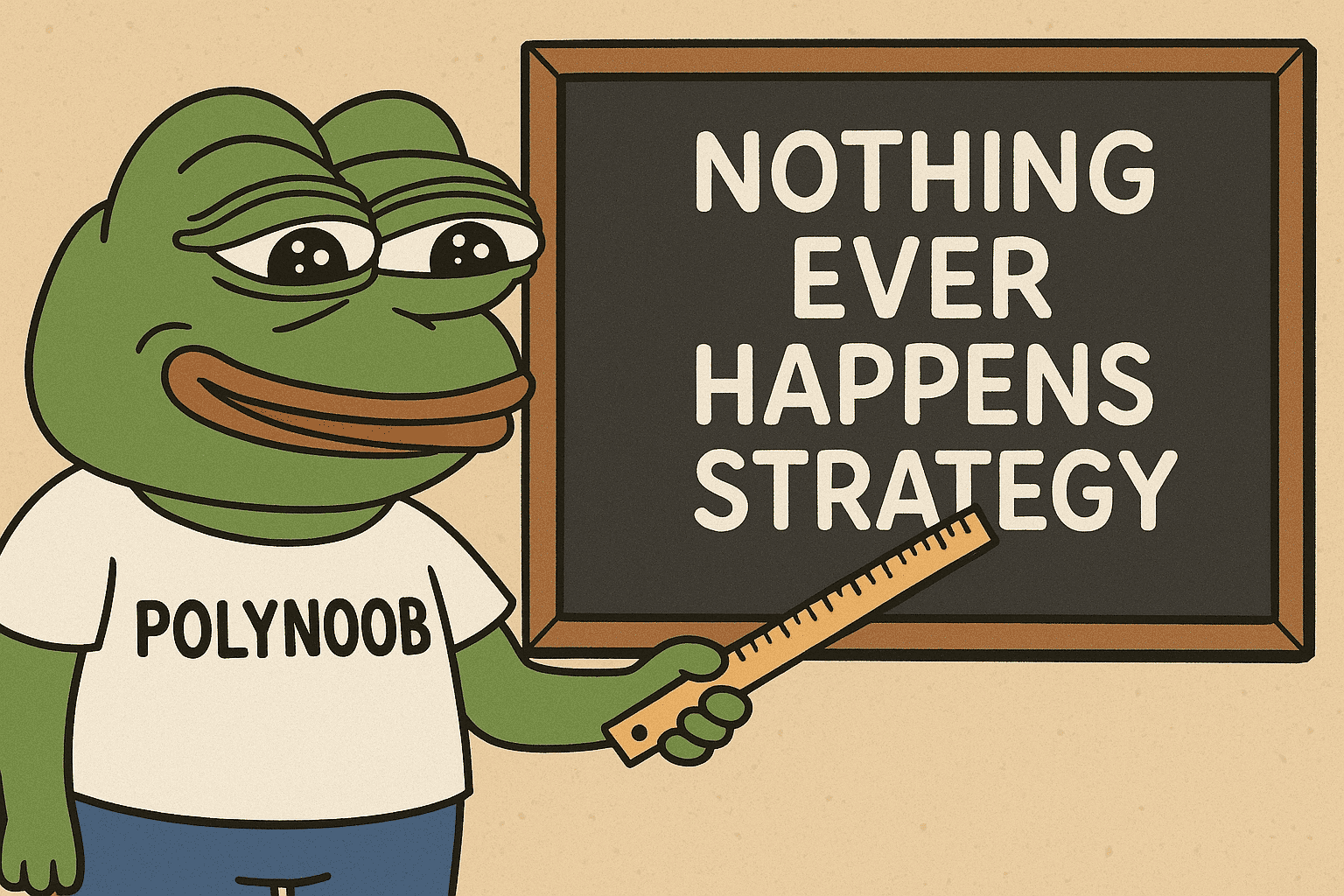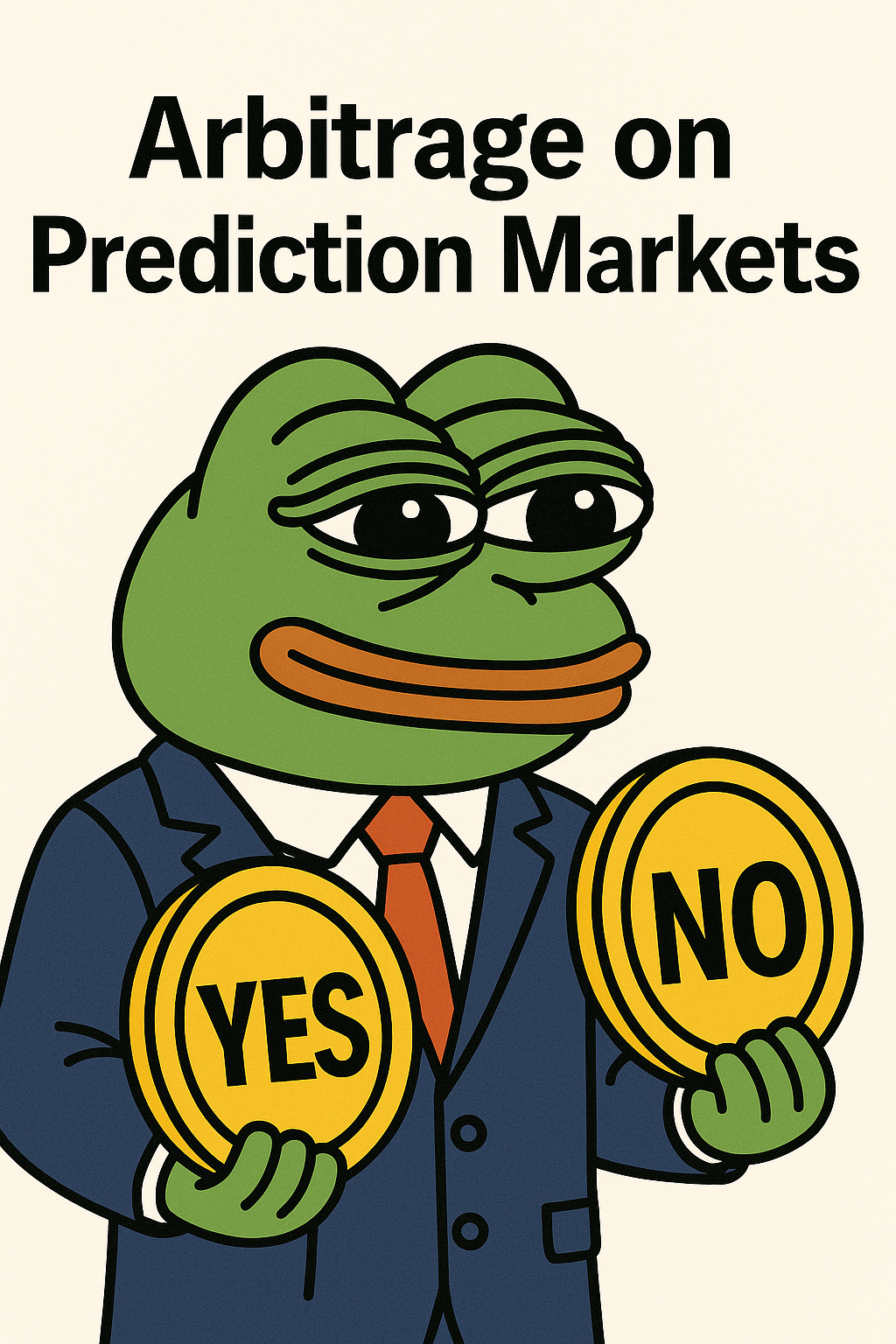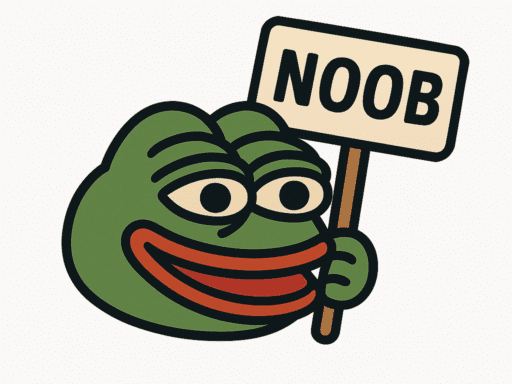
Copytrading on Polymarket: Smart Strategy or Dangerous Illusion?
Copytrading is a popular concept across traditional finance, crypto, and even NFT trading: it’s the idea of mirroring the moves of a more experienced or successful trader, usually someone considered a whale or a market veteran. The logic is simple: if they win, maybe you can too by copying what they do.
But in the world of decentralized prediction markets like Polymarket, copytrading becomes a far more ambiguous and risky practice. Unlike slower, more structured trading environments, prediction markets come with unique challenges that can make copytrading not just unreliable, but outright misleading.
Why Copytrading on polymarket could be Risky
While the principle of copytrading might work in systems with transparent data and slower market rhythms, Polymarket operates in a high-speed, sentiment driven environment, where most trades are based on rapidly shifting information, media cycles, and complex psychological factors.
Here are some of the core reasons why copytrading can fail on Polymarket:
- Hidden Arbitrage Opportunities: What looks like a high-conviction bet might just be part of an arbitrage strategy across multiple platforms. You see the action, but not the hidden context—and that can lead to serious misinterpretation.
- Speed and Timing Are Everything: Many Polymarket trades are executed in seconds or minutes, often in response to breaking news, sudden polling shifts, or momentum moves. By the time you copy the trade, the opportunity may already be gone.
- Irrational or Playful Behavior: Some traders simply act on instinct or for fun. A position might have no logical foundation and copying it blindly could result in a significant loss.
- You Only See the Trade, Not the Reasoning: The biggest problem with copytrading is that you cannot replicate the trader’s thought process. You don’t know their exit plan, risk tolerance, or how they’ll respond if the market flips. You’re copying a snapshot, not a strategy.
When Copytrading Might Actually Work
Despite the risks, copytrading isn’t completely useless. There are a few scenarios where it can provide value—if approached carefully:
- You understand the market yourself: Copying should never replace your own research. It should complement it.
- You study the trader’s behavior over time: Consistently watching how a specific trader positions across different markets can reveal useful patterns.
- You’re copying in slower-moving markets: In areas like long-term elections or turnout predictions, timing is less critical, making it easier to follow others with a delay.
- You remain critical and selective: Don’t copy every move. Look for consistency, not just size or volume.
Copying Without Thinking Is a Shortcut to Losing
In the end, copytrading on Polymarket is not a substitute for understanding the market. It’s not a magic formula, and it certainly won’t work in fast, fragmented, or sentiment driven markets without context. The reality is simple: following someone’s action without knowing their logic is gambling, not strategy.
Even if you choose to copy a trader you respect, the golden rule remains:
Always build your own idea first.
Then, and only then, compare it to what others are doing.
Because in prediction markets just like in poker or politics what matters most is not the move itself, but why it was made.
-
Nothing Ever Happens a meme Strategy?

“Nothing Ever Happens” isn’t just a meme for many Polymarket users betting on the fact that…
-
Arbitrage on Prediction Market

In the world of prediction markets, where people bet on real-world events—from elections to sports to…
-
Polymarket’s liquidity rewards

One of the key innovations that helps Polymarket function smoothly is its Liquidity Rewards Program a…
